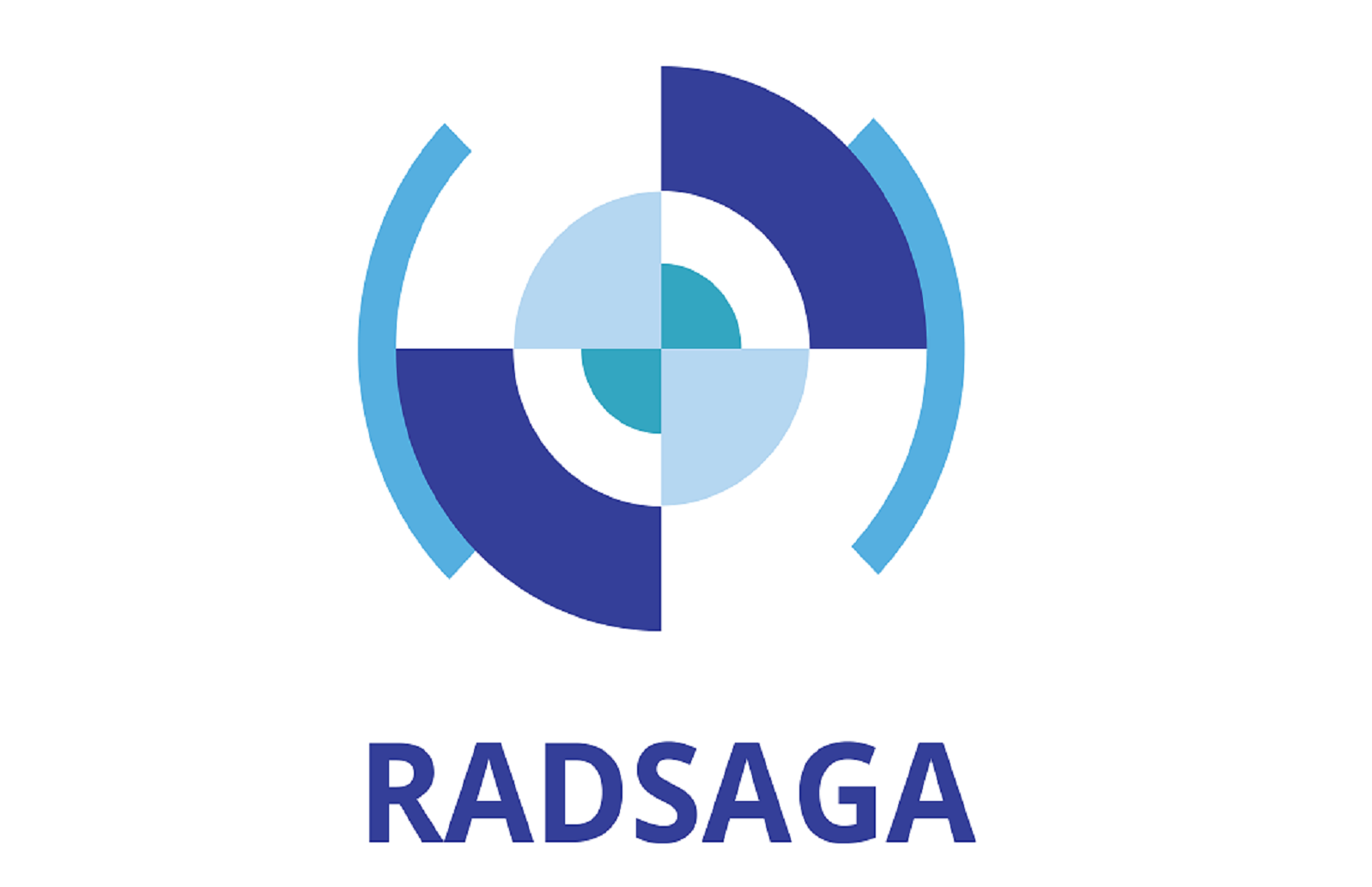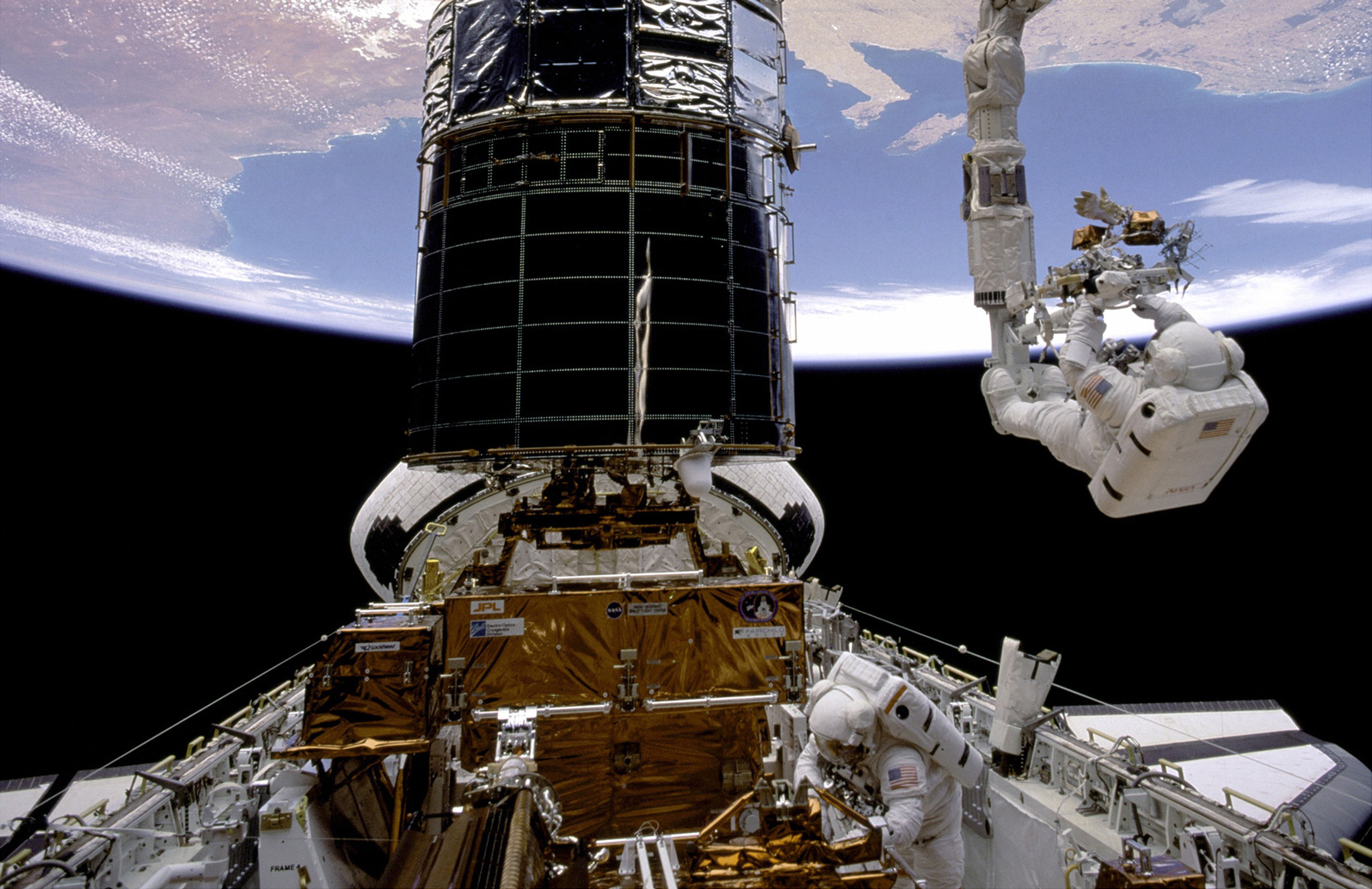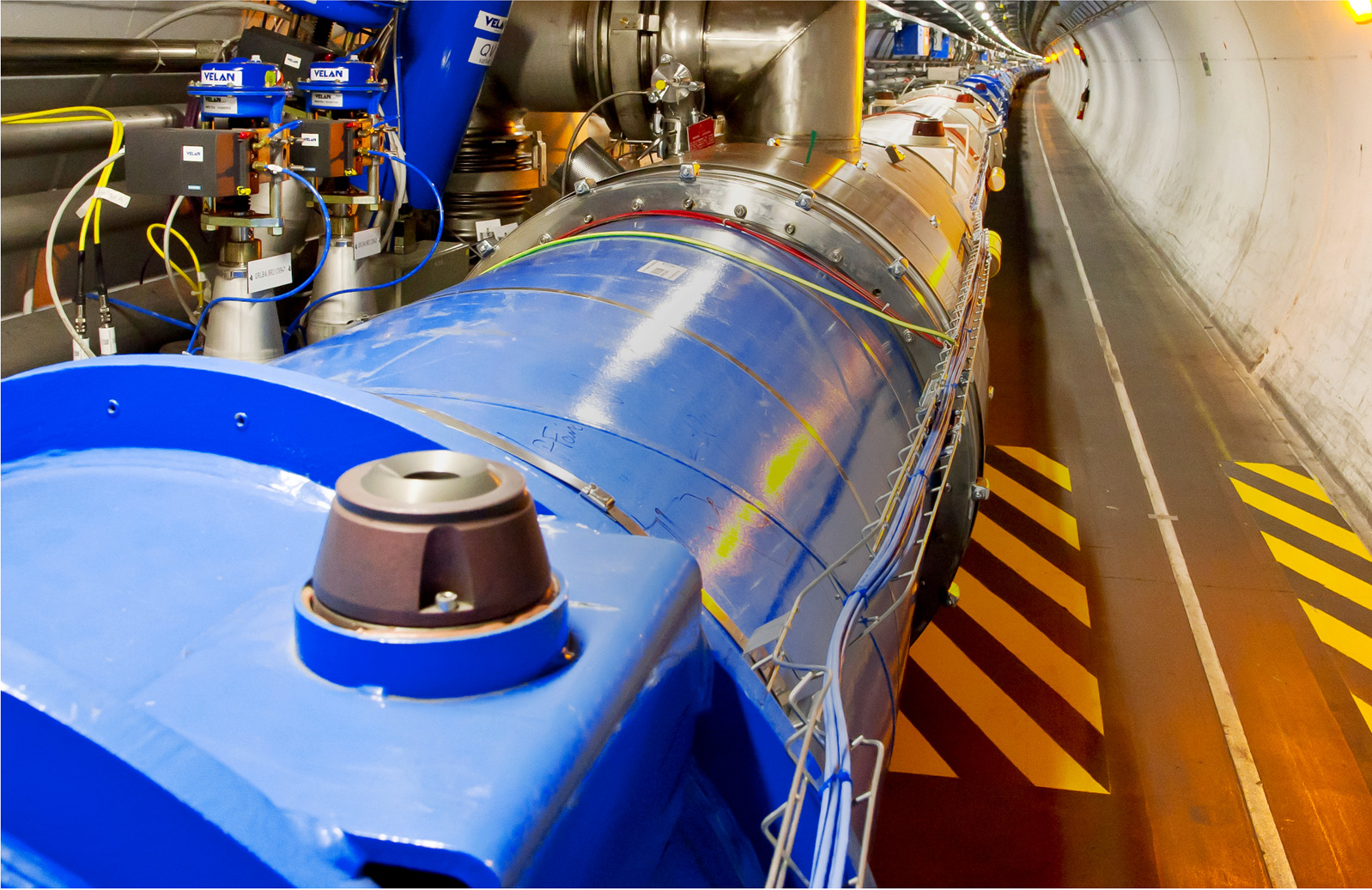The RADSAGA initial training event will take place in Geneva (Switzerland) during the RADECS 2017 conference, to be held on October 2-6, 2017.
World-wide experts will provide lectures on:
- introduction to radiation effects on electronics
- COTS radiation hardness assurance for space
- First radhard FPGA in 28 nm FDSOI process
- Space Environment and Effects
As a part of the training event, breakfast lectures will be given at the conference centre on Tuesday, Wednesday and Thursday, starting at 7:30 AM. The agenda and registration (open to all students registered in RADECS) are available here!
The abstracts and short speaker biographies for the training event sessions are the following:
“Introduction to radiation effects”, Rémi Gaillard (consultant)
Abstract
The first part will identify briefly the particles in radiation environments (from space to ground) and their interaction mechanisms with matter with a focus on insulators and semiconductors. Then the cumulative effects (TID and DD) will be described on specific electronic devices. Single event effects will be introduced and described as non destructive (SET,SEU) and potentially destructive effects (SEB, SEDR, SEL, SEFI). The last part of the presentation will be dedicated to the research interest and the skills needed to cover the different domains of radiation effects analysis, hardening and testing techniques (interaction mechanisms, TCAD, circuit analysis, measurement techniques, statistics, dosimetry)
Short Biography
Rémi Gaillard, Doctor in nuclear physics Engineering and Doctor in Physics has worked on radiation effects on electronics for about 50 years covering successively military applications, space applications and finally atmospheric and ground level effects for natural and man made radiation environments. After 30 years spent at Nucletudes (Airbus Group) with last position as Scientific Advisor and International Group Expert, Rémi Gaillard is now working as a consultant on radiation effects. Rémi Gaillard is IEEE Senior Member and has been active at the beginning of RADECS as short course instructor, short course organizer and chairman for RADECS.
“COTS radiation hardness assurance for space”, Cristina Plettner (Airbus)
Abstract
With the advent of the “Space 4.0”, we encounter a new era, where space shall be safe, secure and yet easily accessible. One of the implications is that the costs for space missions have to be reduced and a trade-off has to be conducted, between deployment of high-reliability parts and commercial off the shelf parts. You will be embarked in a journey following closely an example as Airbus did in collaboration with ESA: from commercial off the shelf EEE parts selection and procurement, hardware and software development, to fulfill relevant aspects for qualifications for space deployment, with focus on the radiation aspects.
Short Biography
Cristina Plettner received her PhD in Experimental Nuclear Physics from the Technological University of Dresden in 2001. Following two post-doctoral positions at GSI in Germany and Yale University in USA, she joined the prestigious IBM Watson Research Laboratory in New York. She has been part of the Single Event Effect Team and coauthored few papers on 65 nm technology qualification. Later in her career at FLIR Radiation, she worked in the homeland security applications, with focus on new radiation detector developments for portable handheld instruments. Since 2013, she is with Airbus Defence and Space as a radiation system engineer. Her responsibilities include space weather simulations for various space missions, detailed radiation analyses for electronic equipment deployed in manned flight, top level radiation specifications and radiation hardness assurance plans, Single Event Effects Testing at accelerators worldwide. She has coauthored more than 90 papers in refereed journals, has given presentations at IEEE Nuclear Science Symposiums and RADECS, and holds three patents.
“From Radiation Hardening to RH High-End FPGAs”, Joel Le Mauff (NanoXplore)
Abstract
This talk will introduce the radiation hardened FPGAs, developed by NanoXplore. The company offers advanced FPGA IP supporting technologies down to 7 nm. NanoXplore has been working with ESA and CNES on the development and the industrialization of Radiation Hardened By Design FPGA devices in the STM 65 nm radhard CMOS process. Several techniques have been used such as DICE cells for Configuration Memory Cells and D-Flip-Flops, EDAC for RAM blocks and Register Files and standard mitigation techniques for critical logic blocks. In order to monitor potential Soft-Errors induced by particles, the NX FPGA devices embed an engine named CMIC (Configuration Memory Integrity Check) performing automatic verification and repair of the bitstream. This presentation will also show you cross-sections and relevant Weibull parameters from the SEE campaigns performed at the UCL heavy ion facility. The orbital upset rate calculated with CREME96 will demonstrate a suitable Soft-Error Rate valid for most critical spaceborne subsystems. The presentation will be closed with a short description of NanoXplore FPGA roadmap.
Short Biography
Joel received his Master degree in Electronics and Automation from the Conservatoire National des Arts et Metiers of Nantes in France. After working as product engineer at IBM Microelectronics in charge of ECL SRAMs, he worked for 18 years in ATMEL Nantes on radiation effects in complex digital components. He joined XILINX as Senior Marketing manager for the Aerospace & Defense division. He has been involved in the characterization of static latches-based FPGAs for the atmospheric environment. In parallel, Joel represented Xilinx into the DO-254 User-Group. In 2009, Joel moved to ALTER TECHNOLOGY TÜV NORD, addressing engineering, testing, inspection and certification of high-reliability EEE parts for use in harsh environments. Joel was in charge of Business Development, as well as Regional Sales Manager covering North and Central Europe. He came back to the field of programmable logic devices joining NanoXplore as Head of Marketing & Sales addressing the space, avionics, military, nuclear and medical market.
“Irradiation Characterization of EEE Components for Space Applications”, Michele Muschitiello (European Space Agency)
Abstract
This presentation gives a brief description of the natural space radiation environment and its effects on EEE Components. Focus will be given to irradiation testing of EEE Components with respect to test campaigns performed by the European Space Agency. Methods applied for TID testing will be described based on tests performed at the ESA 60Co facility. The ESA supported external irradiation test facilities will be described including activities carried out by ESA at these facilities. Additionally, future challenges with respect to irradiation characterisation of COTS will be discussed.
Short Biography
Michele Muschitiello, senior component engineer, joined ESA-ESTEC TEC-QEC in 2007 to work on radiation effects on electronic components for space applications.In the previous twenty years, he provided his expertise on microelectronics technologies supporting EEE part procurement in the frame of several ESA missions and programs. He has also been active in the field of reliability of semiconductor devices, co-authoring various publications on failure analysis methodologies and techniques for microelectronics.





